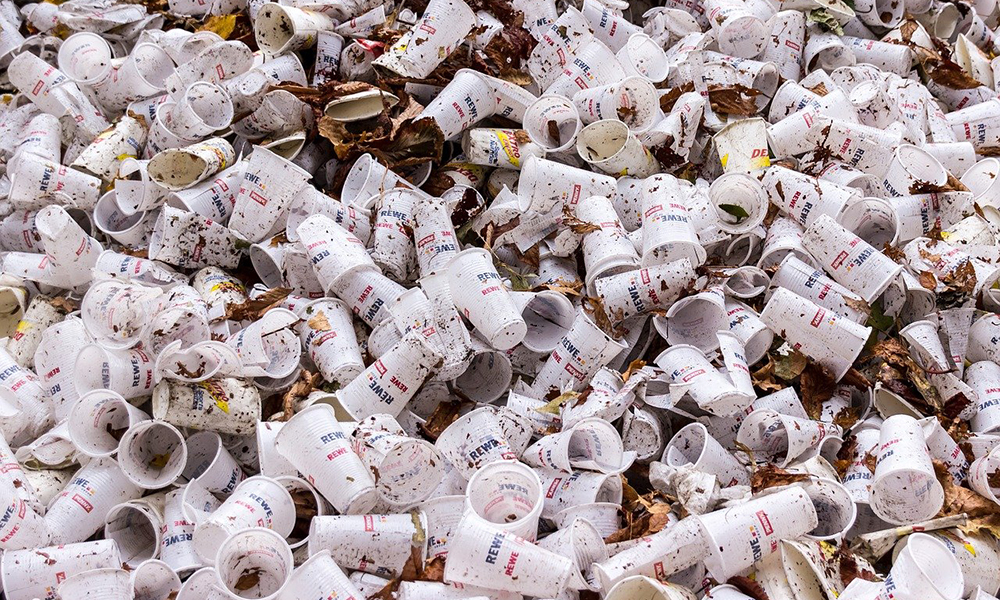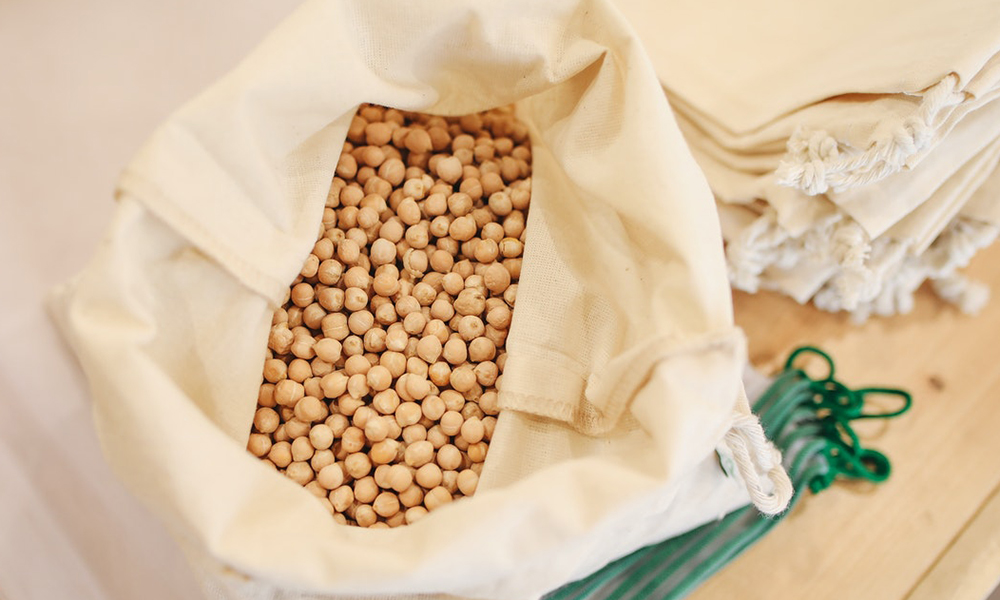Restaurant waste is massive in the United States, with 80 billion pounds of food being thrown away annually. A large portion of this comes from restaurants. Sometimes, patrons will not finish their entire plate, leading to waste.
But other times, mismanagement can lead to excessive portion sizes and potential inventory waste.
Sustainability should start with wasting less food, but it should also include making your entire restaurant as eco-friendly as possible. It's possible to build a sustainable supply of products that helps your restaurant waste less and is better for the environment.

A few eco-friendly restaurant ideas that work very well are:
1. Sustainable Packaging
Eco-friendly restaurant packaging, especially for takeout, can:
- Reduce waste
- Improve your brand image
For brands that want to make a big impact, it's important to focus on the future. Millennials are one age group that is very concerned about the planet. You'll be able to improve your brand's image and identity by offering sustainable packaging and products.
There are three main ways that packaging can be sustainable:
- Recyclable
- Compostable
- Reusable
Speak to your supplier and find sustainable products that they offer that can help your restaurant lower waste and also help the planet in the process.

2. Eco-friendly Commercial Cleaning Products
Cleaning is key for your restaurant to stay open. An unclean restaurant will be shut down fast. So, restaurants purchase large quantities of harsh cleaning supplies to meet the highest hygiene standards.
The problem is that a lot of these cleaning supplies are toxic and very harmful to the environment.
Instead, you'll want to look for eco-friendly cleaning supplies, such as Method, which nix the harsh chemicals and still offer powerful disinfecting power. A few labels to look for include:
- Chlorine-free
- Greenguard
- Green Seal
- Etc.
You'll likely spend more on these products, but they're worth the cost and clean very well.
3. Sustainable Restaurant Equipment
Eco-friendly restaurant equipment is really just energy-efficient equipment. You'll want to look for Energy Star rated products, but they do exist and aren't overly expensive. The good news is that since you're using less energy, you're also saving more money.
In the long-term, the energy savings will outweigh the small increase in equipment cost.

4. Recycle and Compost
Your restaurant will have waste - that's a guarantee. When you want to reduce your impact, you'll need to initiate programs that can help you cull the waste you produce. Two of the main types of programs that you can put in place are:
- Recycling programs help you reduce waste
- Composting reuses food items that normally end up in the trash
Food scraps, used in composting, can go to farmers or be used for gardening. It's far more sustainable to compost than for your items to end up in a landfill somewhere.
5. Cook in Season
Do you have a routine menu that you keep around all year long? A lot of restaurants do, but you can create an eco-friendly restaurant that has seasonal items to improve your footprint. How?
When items are in season, they:
- Require less travel
- Require less harsh fertilizers to grow
Think about it. If you have to import your food items from across the world, there's a massive footprint involved. These items not only need to be grown, but they also need to be transported using boats, trucks, or even airplanes.
When you cook in season, you can use local farmers and reduce the impact your food has on the environment.
6. Choose Local Suppliers
Local suppliers are a must-have if you want to be eco-friendly. Even if only part of your ingredients or supplies come from local sources, you'll be making a gigantic difference in the process.
Invest in going local, which means that your food and/or supplies come from:
- 100 to 150 miles away maximum
When you go local, you're helping local businesses stay afloat and also committing to the freshest food possible. If foods have to be transported hundreds of miles to reach your destination, you must question the freshness of the food.
Local food tastes better and will be appreciated by your customers.

7. Keep a Close Eye on Perishable Items
One way to reduce your food waste is to have an inventory tracking system in place that is advanced enough to monitor all of your perishable items. The tracking system can be a manual one that the head chef oversees, too.
A common solution that seems to work for a lot of owners is to have their inventory tied into their POS system.
When items are sold, they're removed from inventory to give you an accurate assessment of the food that might go bad. If food is on the way out, you can:
- Donate it
- Sell it for a lower price
- Offer some sort of special
It's always better to sell food, even if it's at a loss than to simply throw it all away.
8. Work with Suppliers to Meet Your Goals
Your suppliers are there to help your business meet its goals - that's it. If you need new ingredients, your supplier should be able to help with most items. And when you need to go eco-friendly, your supplier should also be there to help you.
You can ask the supplier to source you eco-friendly restaurant supplies, paper goods, local produce, and maybe even equipment.
If you go this route, the supplier can help you find eco-friendly restaurant products that are new to the market, too. Work with your suppliers, and even if they don't have the items you want, they may be able to point you in the right direction.
9. Maintain and Repair Equipment and Plumbing Systems
Equipment, electrical and plumbing systems will require some repairs and routine maintenance. When these systems are not repaired or maintained properly, this leads to waste. Just imagine a pipe that leaks water.
If you allow the pipe to continue dripping water, you're wasting money.
The same goes for equipment that is no longer functioning optimally. If an oven, for example, takes excessively long to heat up, you'll be spending more money on energy than you would be otherwise.
Restaurants that want to make themselves more eco-friendly can follow the nine tips outlined above. Small, incremental steps can make a big difference in your ability to transition into an establishment that is eco-friendly and sustainable.


